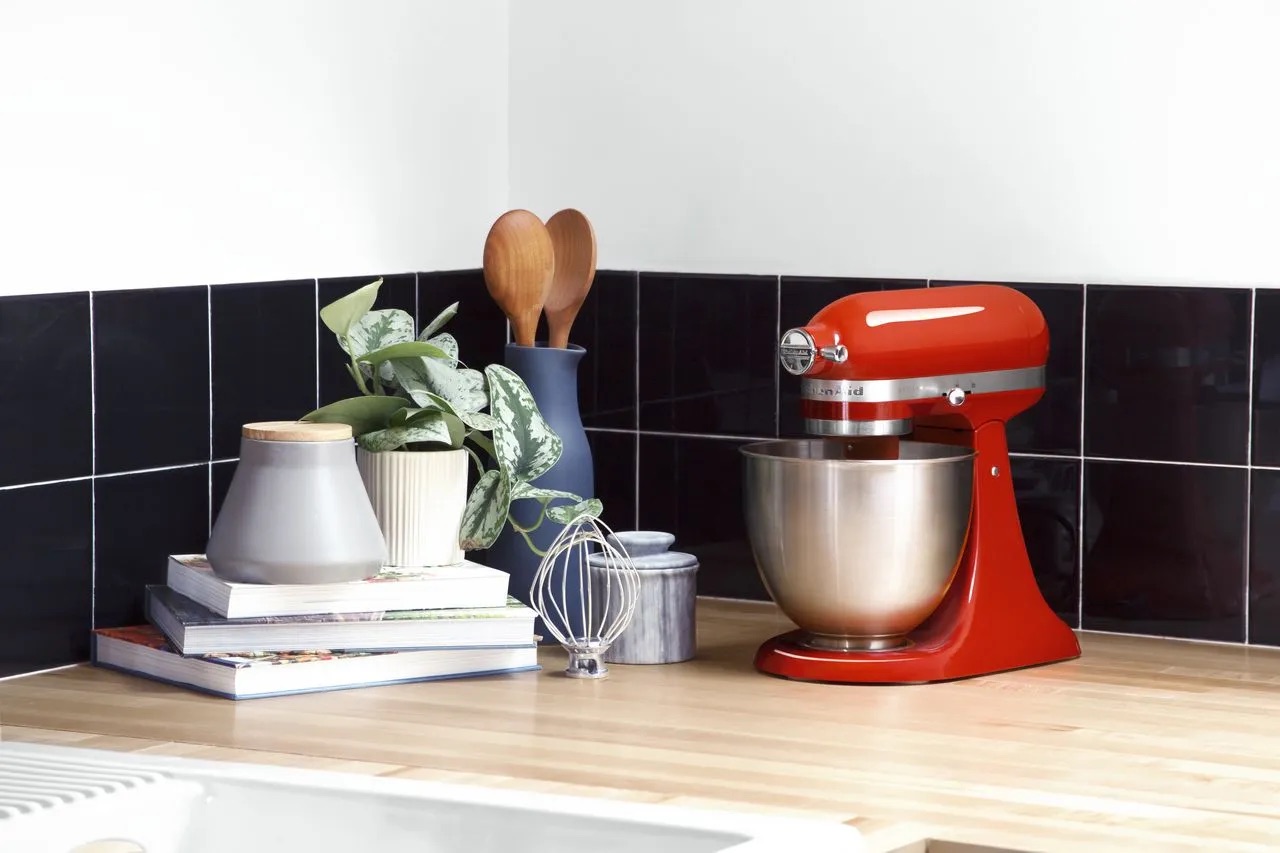

Articles
How To Tell Size Of Kitchenaid Mixer
Modified: May 6, 2024
Learn how to easily determine the size of your KitchenAid mixer with our informative articles, helping you make the right choice for your kitchen needs.
(Many of the links in this article redirect to a specific reviewed product. Your purchase of these products through affiliate links helps to generate commission for Storables.com, at no extra cost. Learn more)
Introduction
When it comes to kitchen appliances, KitchenAid has established itself as a trusted brand known for quality and functionality. One of their most popular products is the KitchenAid mixer, which is a staple in many kitchens around the world. However, if you are looking to buy a KitchenAid mixer or determine the size of the one you already own, you may find yourself wondering how to tell the size of a KitchenAid mixer.
Understanding the size of a KitchenAid mixer is essential as it helps you determine its capacity and suitability for your specific needs. In this article, we will explore the various factors that affect the size of a KitchenAid mixer and provide you with helpful tips on how to determine the size of your KitchenAid mixer.
Key Takeaways:
- Determine the size of your KitchenAid mixer by checking the bowl capacity, measuring its dimensions, or using the serial number. Understanding its size ensures optimal usage and informed decision-making for your culinary needs.
- KitchenAid mixers come in various sizes, each offering unique advantages. Whether you have a compact Mini, a versatile Classic, or a large Artisan mixer, understanding the size is crucial for selecting the right appliance to enhance your cooking and baking experience.
Understanding KitchenAid Mixers
KitchenAid mixers are versatile and powerful kitchen appliances designed to assist in a wide range of cooking and baking tasks. They come in different sizes to accommodate various needs and kitchen spaces. The size of a KitchenAid mixer typically refers to its overall capacity and dimensions. Understanding the different sizes available will help you choose the right one for your specific requirements.
There are three main sizes of KitchenAid mixers available: the Mini, the Classic, and the Artisan.
- The Mini KitchenAid mixer is compact and is ideal for small kitchens or for those who have minimal baking or mixing needs. It typically has a smaller bowl capacity and a more streamlined design.
- The Classic KitchenAid mixer is the middle-sized option, offering a balance between capacity and convenience. It is suitable for most home cooks and bakers and can handle a variety of recipes.
- The Artisan KitchenAid mixer is the largest size available, with a larger bowl capacity and a more robust motor. It is perfect for those who frequently bake in large quantities or for commercial use.
Each size of the KitchenAid mixer offers its own set of advantages and capabilities. It’s important to consider your specific needs, kitchen space, and intended usage when deciding which size to choose.
In addition to the size, KitchenAid mixers often come with a range of attachments and accessories that further enhance their functionality. These attachments include dough hooks, flat beaters, wire whips, and more. Some models even have additional attachments like pasta makers, juicers, and food processors. It’s worth noting that the availability of attachments may vary depending on the specific size and model of the KitchenAid mixer you choose.
Now that we have a better understanding of the different sizes and features of KitchenAid mixers, let’s explore the factors that can help you determine the size of your KitchenAid mixer.
Factors Affecting the Size of a KitchenAid Mixer
Several factors contribute to the overall size and capacity of a KitchenAid mixer. Understanding these factors will help you determine the size of your KitchenAid mixer more accurately. Here are the key factors that affect the size of a KitchenAid mixer:
- Bowl capacity: The bowl capacity is a crucial factor that determines the size of the KitchenAid mixer. It refers to the volume of ingredients the mixer can accommodate at one time. KitchenAid mixers typically have bowl capacities ranging from 3.5 to 7 quarts. Smaller mixers, like the Mini, usually have a bowl capacity of 3.5 quarts, while larger models, like the Artisan, can hold up to 7 quarts.
- Motor power: The power of the motor directly impacts the size and capability of the KitchenAid mixer. Higher-powered mixers are generally larger in size to accommodate a more robust motor. This allows them to handle tougher mixing tasks, like kneading dough or mixing thick batters.
- Mixing action: The type of mixing action the mixer employs can also affect its size. KitchenAid mixers use either a tilt-head or a bowl-lift design. Tilt-head mixers have a head that tilts back for easy access to the bowl, while bowl-lift models have a lever that lifts the bowl up to the mixing attachment. Bowl-lift models are generally larger and take up more vertical space.
- Overall dimensions: The overall dimensions of a KitchenAid mixer, including its height, width, and depth, play a role in determining its size. Compact models, like the Mini, are designed to take up less counter space, while larger models, like the Artisan, may require more room on your countertop or in your storage area.
- Weight: The weight of the mixer can also be a factor in determining its size, especially if you need to move it frequently or have limited strength. Larger KitchenAid mixers tend to be heavier due to their increased capacity and motor power.
By considering these factors, you can get a better understanding of the size and capacity of your KitchenAid mixer. The next section will provide you with practical methods to determine the size of your mixer.
Determining the Size of Your KitchenAid Mixer
If you’re unsure of the size of your KitchenAid mixer or want to find out the size before making a purchase, there are several methods you can use to determine the size accurately. Here are a few practical ways to determine the size of your KitchenAid mixer:
Using the Serial Number to Determine Size: One way to determine the size of your KitchenAid mixer is by checking the serial number. The serial number can provide valuable information about the model and size of your mixer. You can find the serial number on the underside of the mixer’s base. Once you have the serial number, you can refer to KitchenAid’s official website or contact their customer service to get specific details about the size and model of your mixer.
Checking the Bowl Capacity for Size Determination: Another method to determine the size of your KitchenAid mixer is by checking the bowl capacity. KitchenAid mixers usually have the bowl capacity indicated on the exterior of the bowl or in the user manual. Measure the diameter of your mixer’s bowl and compare it to the specifications provided by KitchenAid. This will help you identify the size range of your mixer, whether it’s a smaller capacity model or a larger, professional-grade one.
Measuring the Dimensions of the Mixer: You can also measure the dimensions of your KitchenAid mixer to get a better understanding of its size. Using a measuring tape, measure the height, width, and depth of the mixer. Compare these measurements to the specifications provided by KitchenAid for their different sizes. This will give you a visual representation of whether your mixer falls into the Mini, Classic, or Artisan size category.
Consulting the User Manual or Product Packaging: If you have the user manual or product packaging of your KitchenAid mixer, check for any information regarding the size. Manufacturers often provide details about the size and capacity of their products in these materials. Refer to the specifications section or look for specific details about the size of your mixer.
By using these methods, you can determine the size of your KitchenAid mixer accurately. Knowing the size will allow you to make informed decisions about recipes, attachments, and storage options. It will also help you determine if the mixer meets your specific cooking or baking needs.
Now that you have a better understanding of how to determine the size of your KitchenAid mixer, you can confidently utilize this information during your culinary adventures.
To determine the size of a KitchenAid mixer, look for the model number on the bottom of the stand. The model number will indicate the capacity of the mixer in quarts.
Using the Serial Number to Determine Size
One of the most reliable methods to determine the size of your KitchenAid mixer is by using the serial number. The serial number can provide valuable information about the model and size of your mixer. Here’s how you can use the serial number to determine the size:
Step 1: Locate the Serial Number
The serial number of your KitchenAid mixer can usually be found on the underside of the mixer’s base. It is typically engraved or printed on a sticker. Carefully turn your mixer over and inspect the bottom to locate the serial number.
Step 2: Record the Serial Number
Once you have found the serial number, record it on a piece of paper or take a clear photo of it for reference. Make sure that the serial number is legible and accurate.
Step 3: Contact KitchenAid
To determine the size of your mixer, visit the official KitchenAid website or contact their customer service. They will have a database of serial numbers and can provide you with specific information regarding the model and size of your mixer. Be prepared to provide them with the serial number for reference.
Step 4: Verify the Size
After contacting KitchenAid with the serial number, they will be able to confirm the size of your mixer. They may provide you with additional details such as the bowl capacity, motor power, and any other relevant specifications. This information will help you understand the size and capability of your mixer accurately.
It’s important to keep in mind that different models and generations of KitchenAid mixers may have varied serial number formats. Some serial numbers may include letters, numbers, and symbols. Ensure that you transcribe the serial number correctly to ensure accurate results.
Using the serial number to determine the size of your KitchenAid mixer is a reliable and straightforward method. It allows you to obtain precise information directly from the manufacturer, ensuring that you have accurate details about your mixer’s size.
Now that you know how to use the serial number, you can confidently determine the size of your KitchenAid mixer and make informed decisions about recipes, attachments, and storage.
Read more: How To Clean Kitchenaid Mixer
Checking the Bowl Capacity for Size Determination
Another practical method to determine the size of your KitchenAid mixer is by checking the bowl capacity. The bowl capacity refers to the volume of ingredients that the mixer can accommodate at one time. Here’s how you can check the bowl capacity to determine the size of your KitchenAid mixer:
Step 1: Locate the Bowl Capacity Information
Start by examining the exterior of your mixer’s bowl or refer to the user manual that came with your KitchenAid mixer. The bowl capacity is often indicated on the bowl itself or in the specifications section of the manual. Look for information such as quarts or liters, which indicates the volume the bowl can hold.
Step 2: Measure the Diameter of the Bowl
Using a measuring tape, measure the diameter of your mixer’s bowl. Measure across the widest part of the bowl (usually the top) to get an accurate measurement. Note down the measurement for reference.
Step 3: Compare the Measurements
Once you have the bowl capacity information and the measurement of the bowl’s diameter, compare it to the specifications provided by KitchenAid for their different sizes. For example, if your mixer’s bowl has a capacity of 4.5 quarts and the dimensions match those of the Classic size KitchenAid mixer, you can determine that your mixer falls into the Classic size category.
Step 4: Consider Other Factors
While bowl capacity is an essential factor in determining the size of your KitchenAid mixer, it is not the only consideration. You should also take into account other factors like the overall dimensions, weight, and motor power to get a holistic understanding of your mixer’s size and capabilities.
By checking the bowl capacity and comparing it to the specifications provided by KitchenAid, you can accurately determine the size of your mixer. This information will help you make informed decisions when selecting recipes, attachments, and storage options for your KitchenAid mixer.
It’s worth noting that the bowl capacity may vary depending on the specific model or version of the KitchenAid mixer. Different attachments and accessories may also have different requirements and compatibility with certain bowl sizes. Be sure to consult the official KitchenAid website or customer service if you have any specific questions or concerns regarding the size of your mixer’s bowl.
By following these steps and taking all relevant factors into account, you will be able to confidently determine the size of your KitchenAid mixer.
Measuring the Dimensions of the Mixer
If you want to determine the size of your KitchenAid mixer accurately, measuring its dimensions is a practical method. By measuring the height, width, and depth of the mixer, you can get a visual representation of its size. Here’s how you can measure the dimensions of your mixer:
Step 1: Gather the Necessary Tools
Before you begin measuring, gather a measuring tape or ruler that shows both inches and centimeters. You will use this tool to measure the dimensions of your KitchenAid mixer accurately.
Step 2: Measure the Height
Starting from the base of the mixer, extend the measuring tape or ruler along the back of the mixer to the highest point. Take note of the measurement. This measurement represents the height of your mixer.
Step 3: Measure the Width
Position the measuring tape or ruler across the widest part of the mixer, typically the front or side. Wrap it around the mixer to get an accurate measurement of its width. Note this measurement down as well.
Step 4: Measure the Depth
Measure the distance from the front of the mixer to the back, taking note of this measurement as the depth of your mixer.
Step 5: Compare the Measurements
Once you have gathered the measurements for the height, width, and depth of your KitchenAid mixer, compare these measurements to the specifications provided by KitchenAid for their different sizes. By doing so, you can determine whether your mixer falls into the Mini, Classic, or Artisan size category.
It’s important to note that when comparing the measurements, consider the specific dimensions provided for each size category by KitchenAid. While your mixer’s measurements may be close to a particular size, it’s the compatibility with the official specifications that will help determine its size accurately.
Measuring the dimensions of your KitchenAid mixer provides a tangible representation of its size. Along with other factors like bowl capacity and motor power, these measurements will effectively help you determine the size of your mixer.
If you have any doubts or need further clarification, consult the official KitchenAid website or reach out to their customer service for accurate information about your mixer’s size.
With these measurements in hand, you can confidently utilize your KitchenAid mixer to its full potential.
Conclusion
Understanding the size of your KitchenAid mixer is essential for selecting the right appliance to meet your cooking and baking needs. By considering factors such as bowl capacity, motor power, and overall dimensions, you can determine the size that will work best for you. Whether you have a compact Mini mixer, a versatile Classic model, or a large Artisan mixer, each size offers unique advantages and capabilities.
When determining the size of your KitchenAid mixer, there are various methods you can use. You can utilize the serial number to obtain specific information about the model and size from KitchenAid’s official website or customer service. Checking the bowl capacity provides insight into the mixer’s volume capacity, while measuring the dimensions gives you a visual representation of its size.
It’s important to consider other factors alongside size, such as motor power, attachments, and weight, to fully understand the capabilities of your KitchenAid mixer. These additional factors contribute to the overall functionality and versatility of the appliance.
By accurately determining the size of your KitchenAid mixer, you can make informed decisions when selecting recipes, utilizing attachments, and planning your storage options. Understanding the size of your mixer ensures that it will meet your specific cooking or baking requirements, and that you can effectively utilize all of its features.
Whether you are an occasional baker or a passionate chef, having the right-sized KitchenAid mixer can significantly enhance your culinary experience. Make use of the available methods to determine the size of your mixer and take advantage of all the wonderful recipes and possibilities it offers in the kitchen.
In conclusion, understanding the size of your KitchenAid mixer enables you to make the most of this versatile and powerful kitchen appliance. It’s time to embrace your inner chef and enjoy the convenience and efficiency that a properly sized KitchenAid mixer brings to your culinary adventures.
Curious about what your KitchenAid mixer can handle beyond just knowing its size? Check out our detailed guide on KitchenAid mixer capacity. You'll find practical tips on maximizing your mixer's potential, especially when tackling various baking projects. Whether you're whipping up a simple cake or kneading dough for a family pizza night, understanding how much flour your mixer can manage is key. Don't miss out on making the most of your kitchen companion!
Frequently Asked Questions about How To Tell Size Of Kitchenaid Mixer
Was this page helpful?
At Storables.com, we guarantee accurate and reliable information. Our content, validated by Expert Board Contributors, is crafted following stringent Editorial Policies. We're committed to providing you with well-researched, expert-backed insights for all your informational needs.
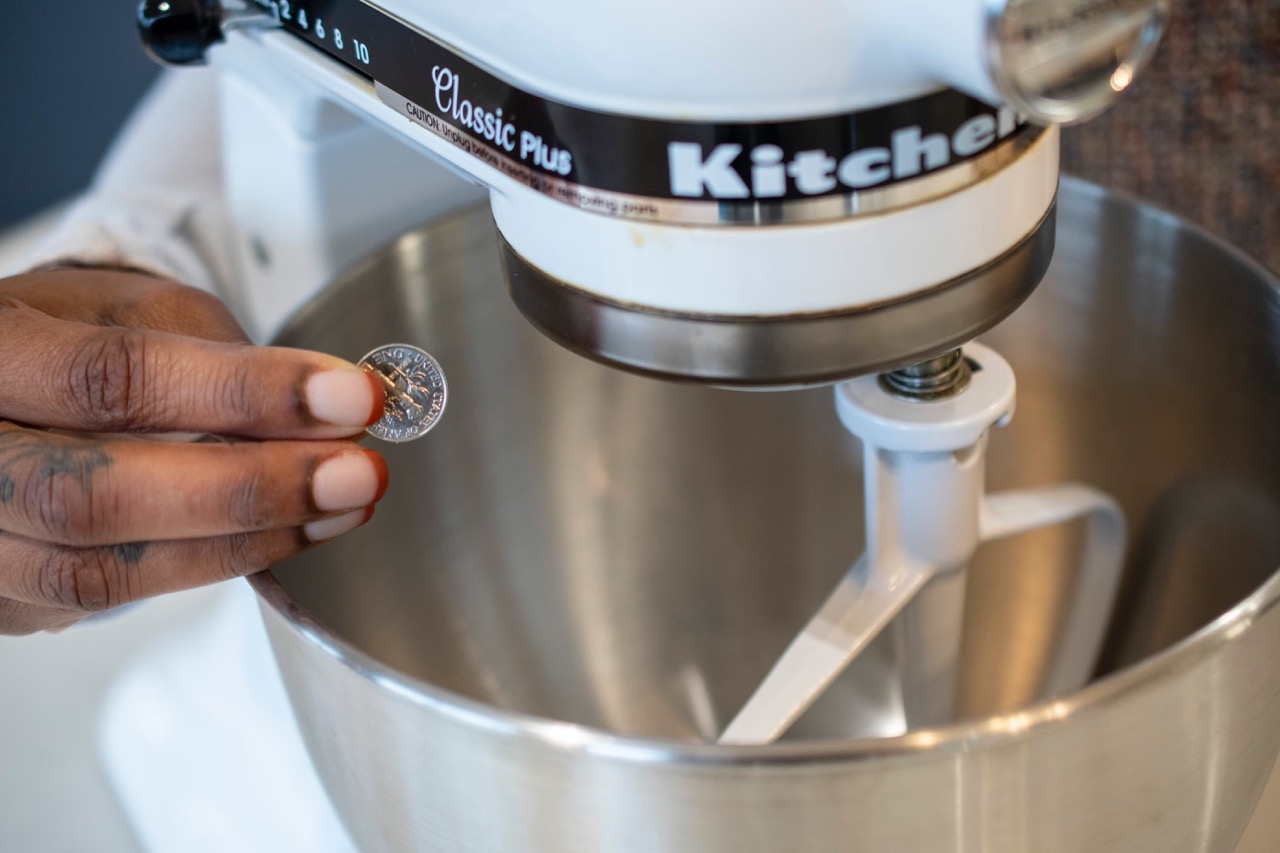
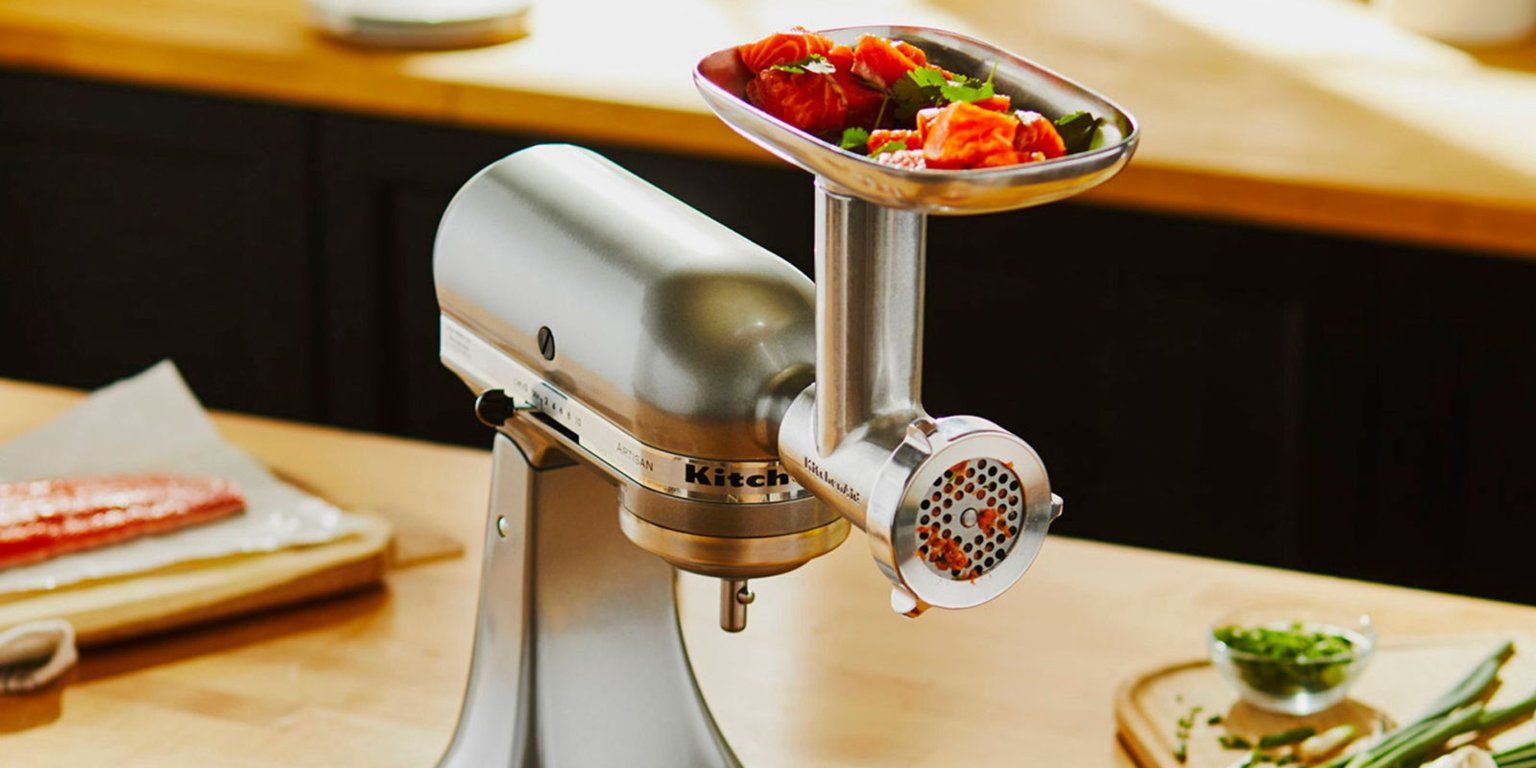
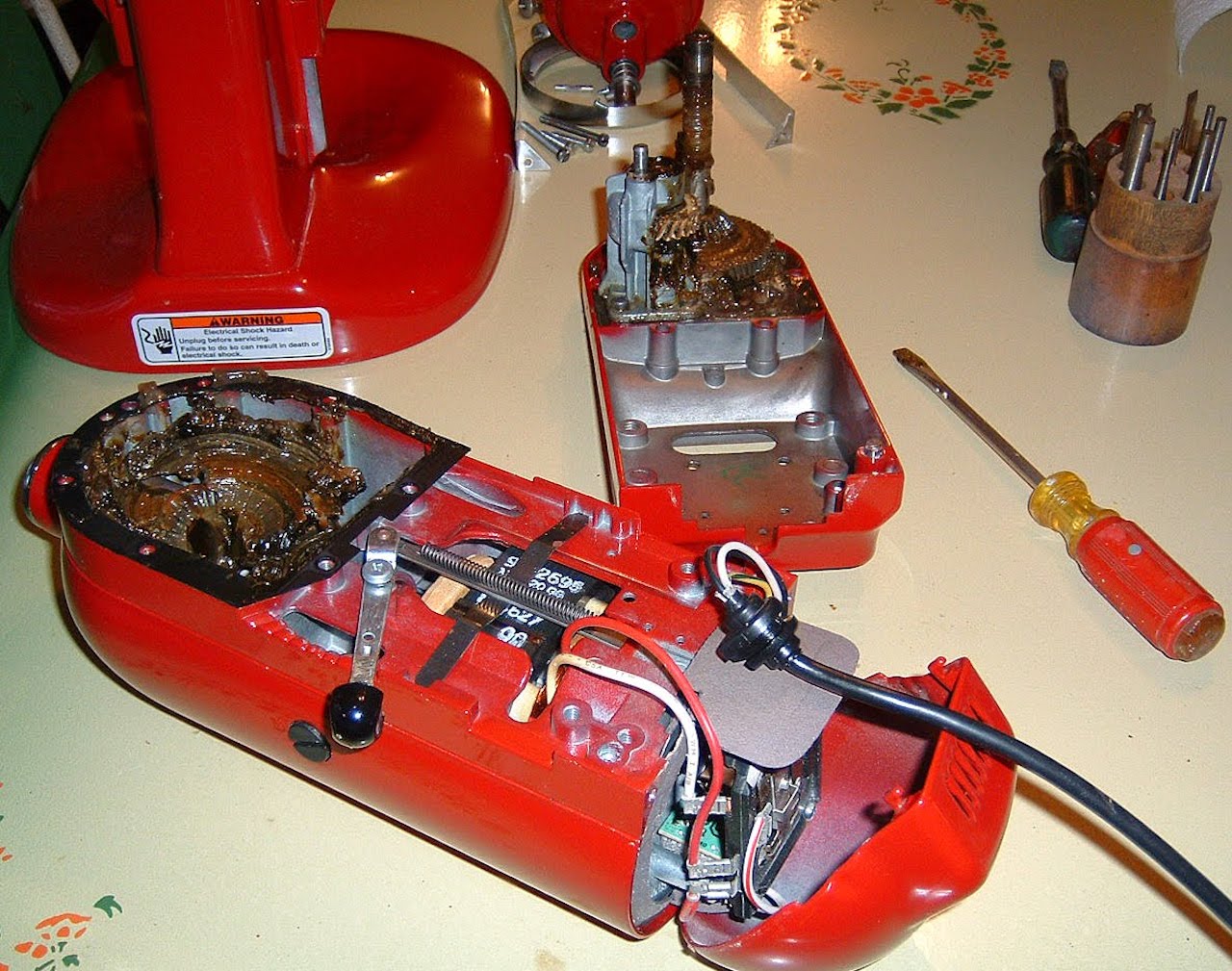
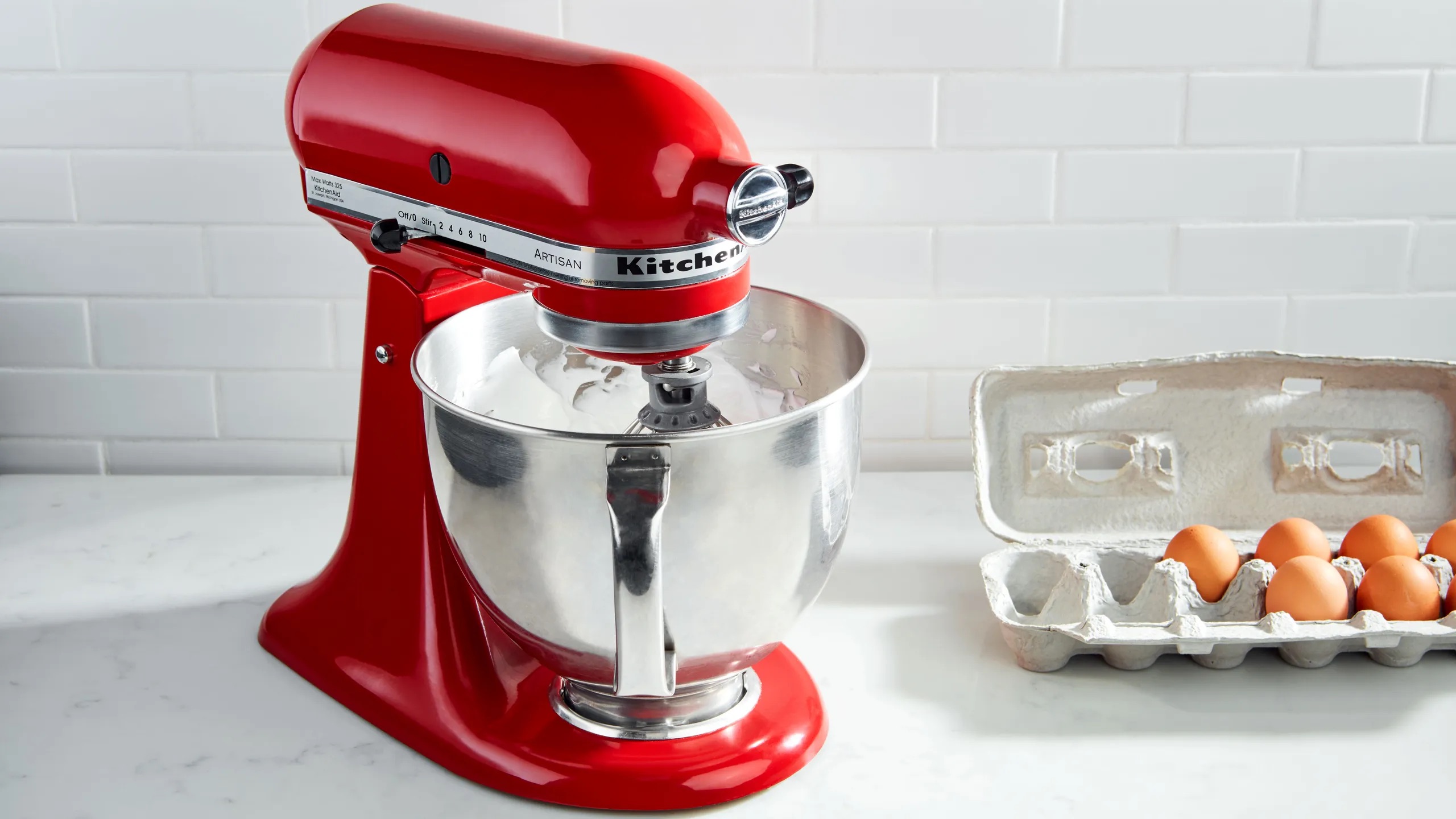
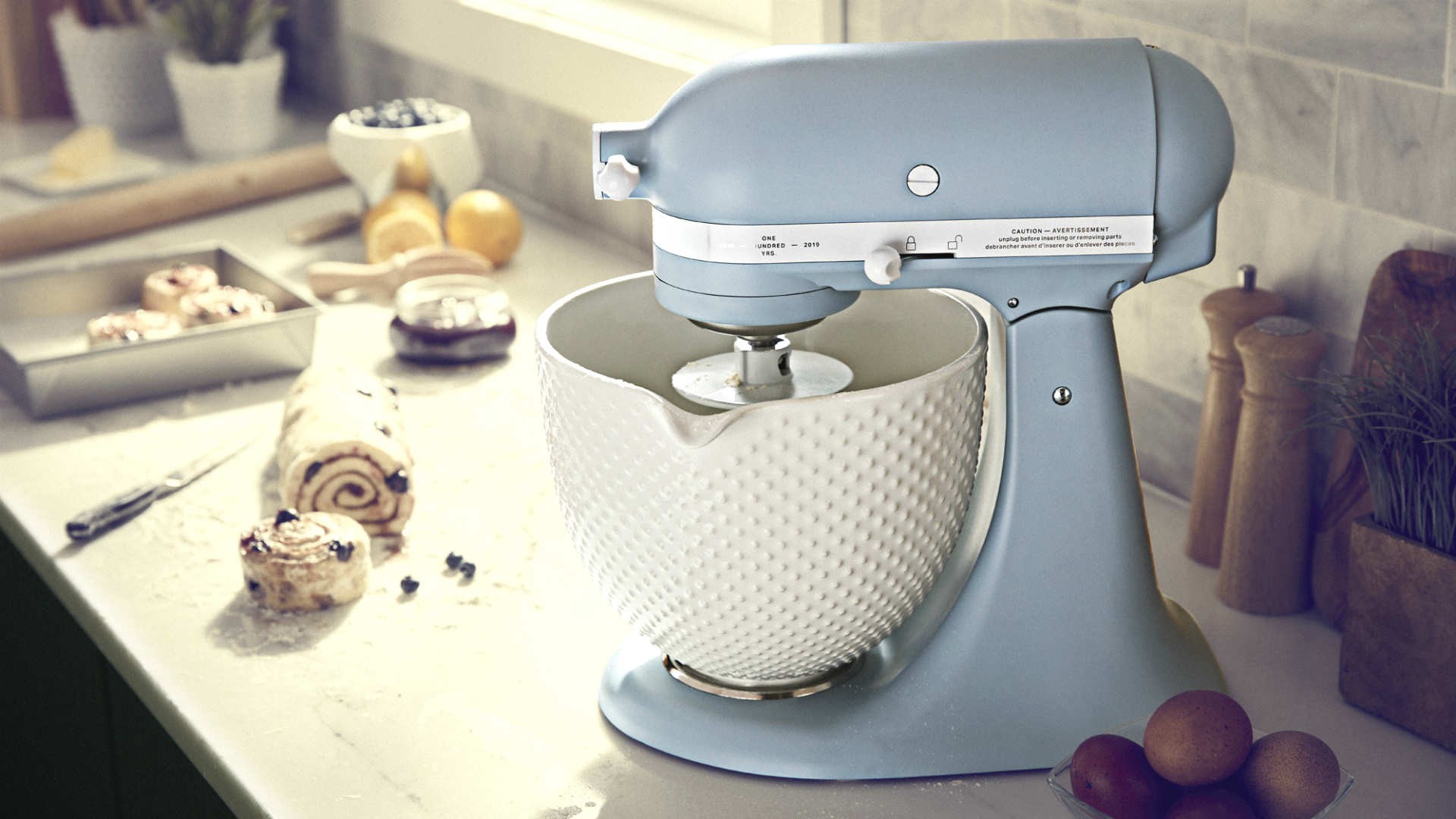
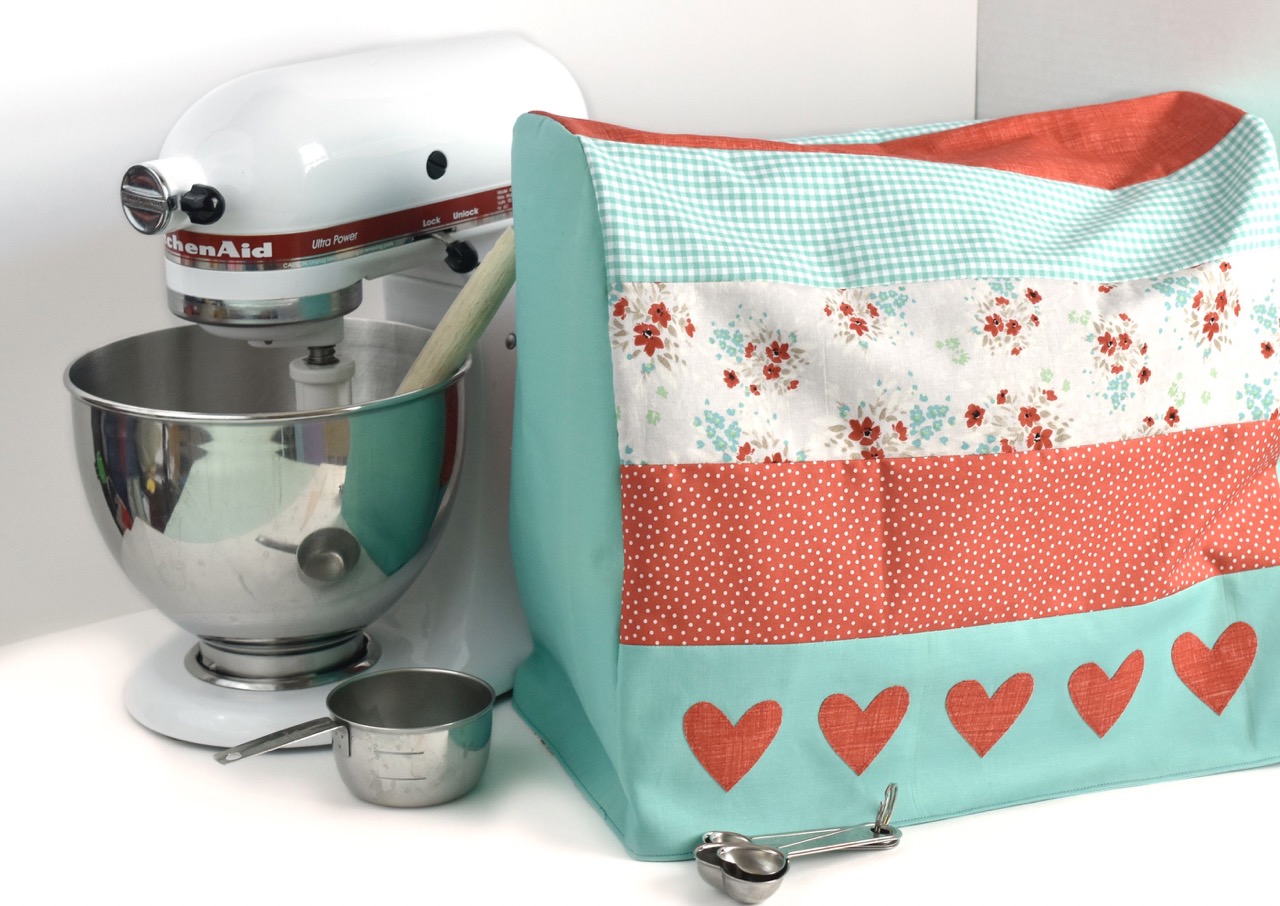
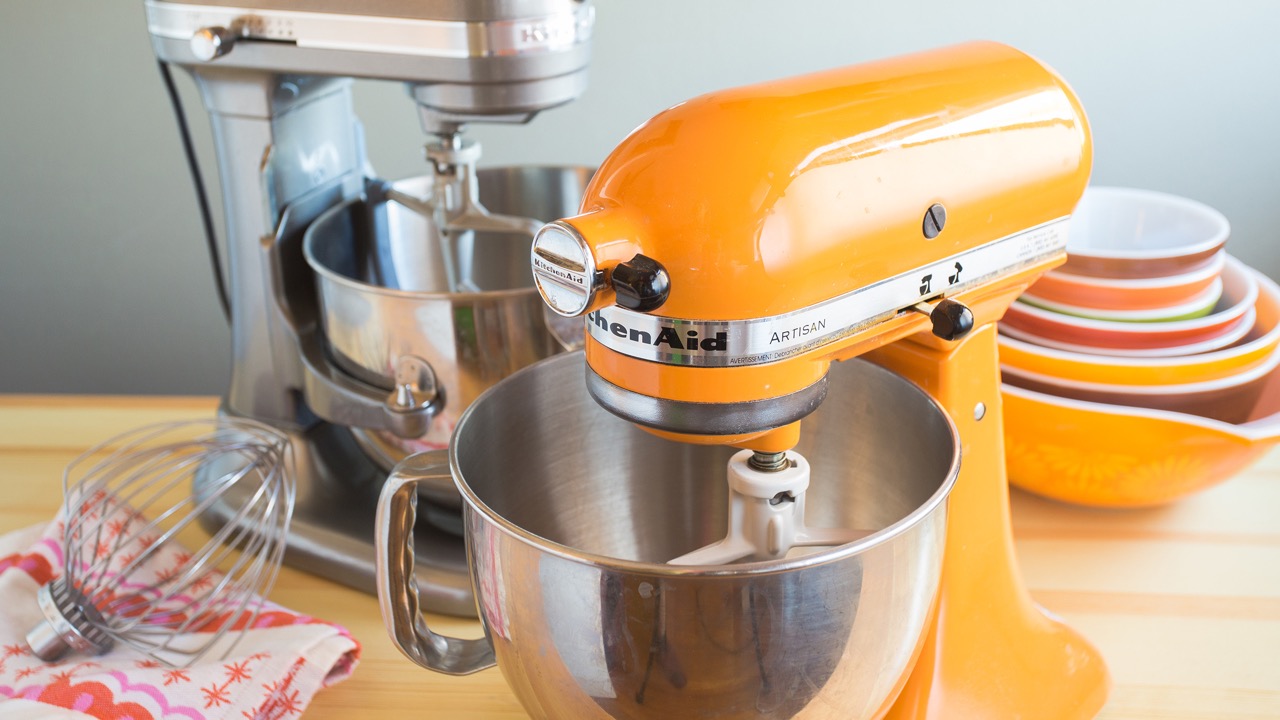
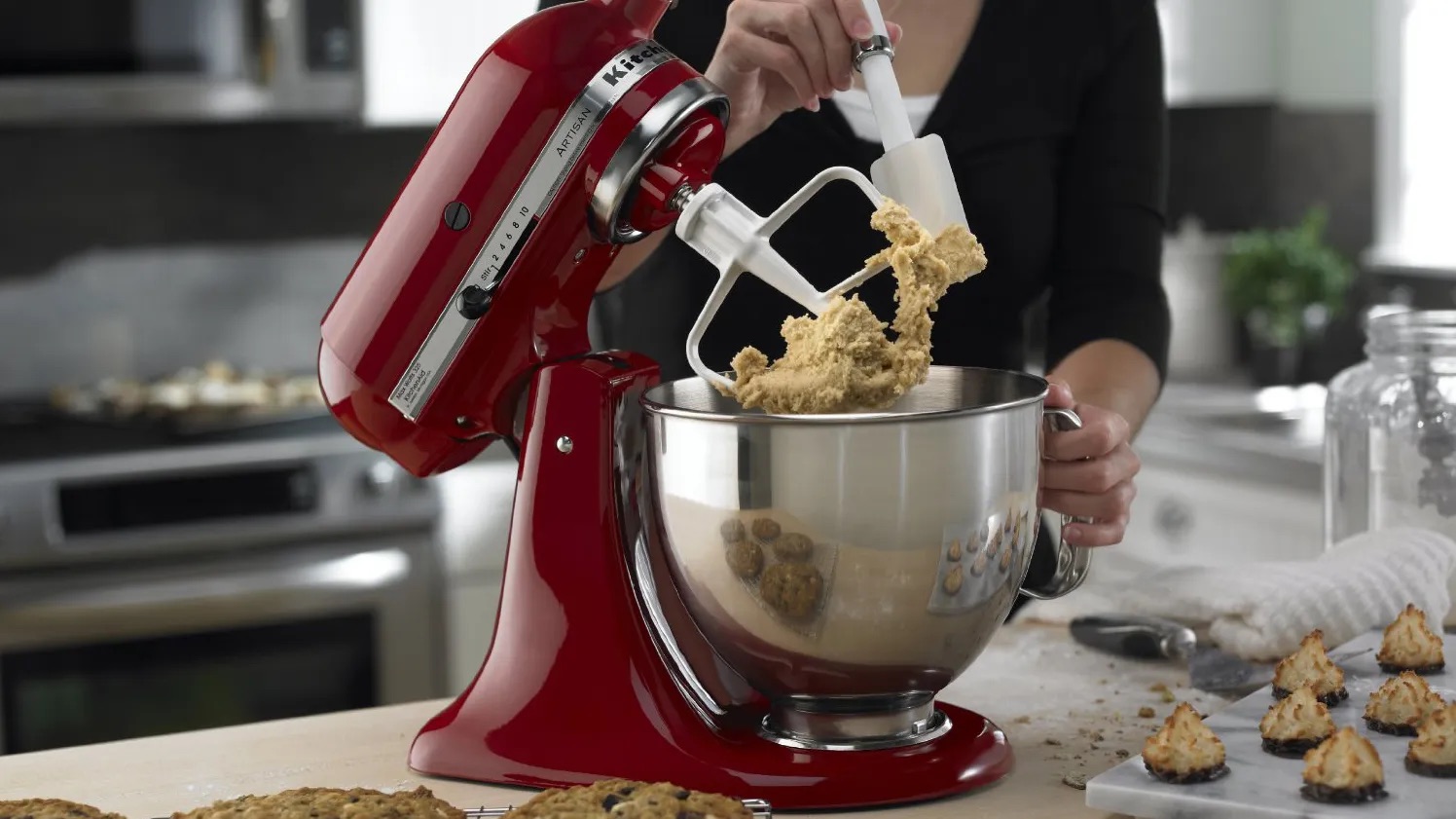
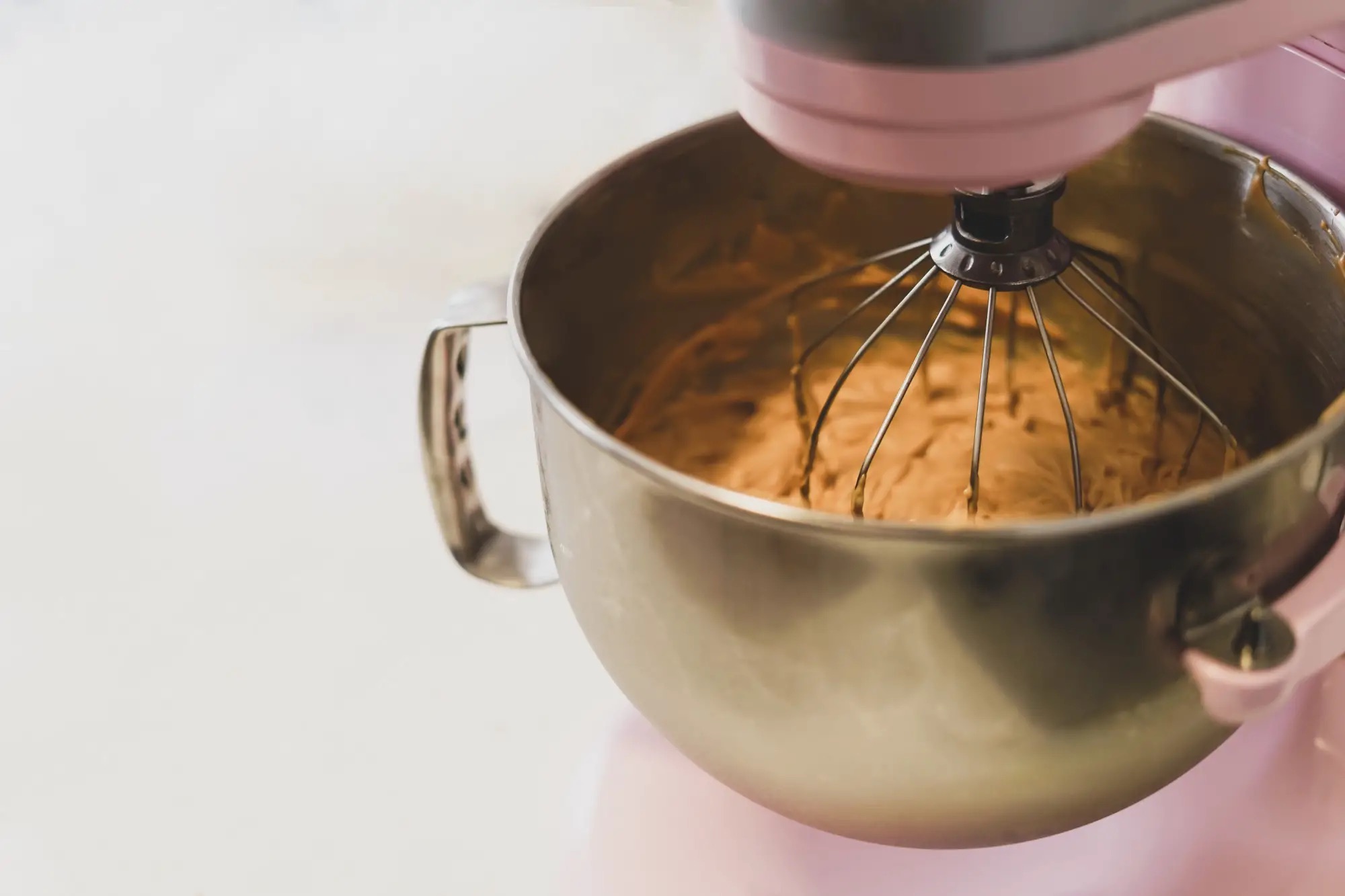
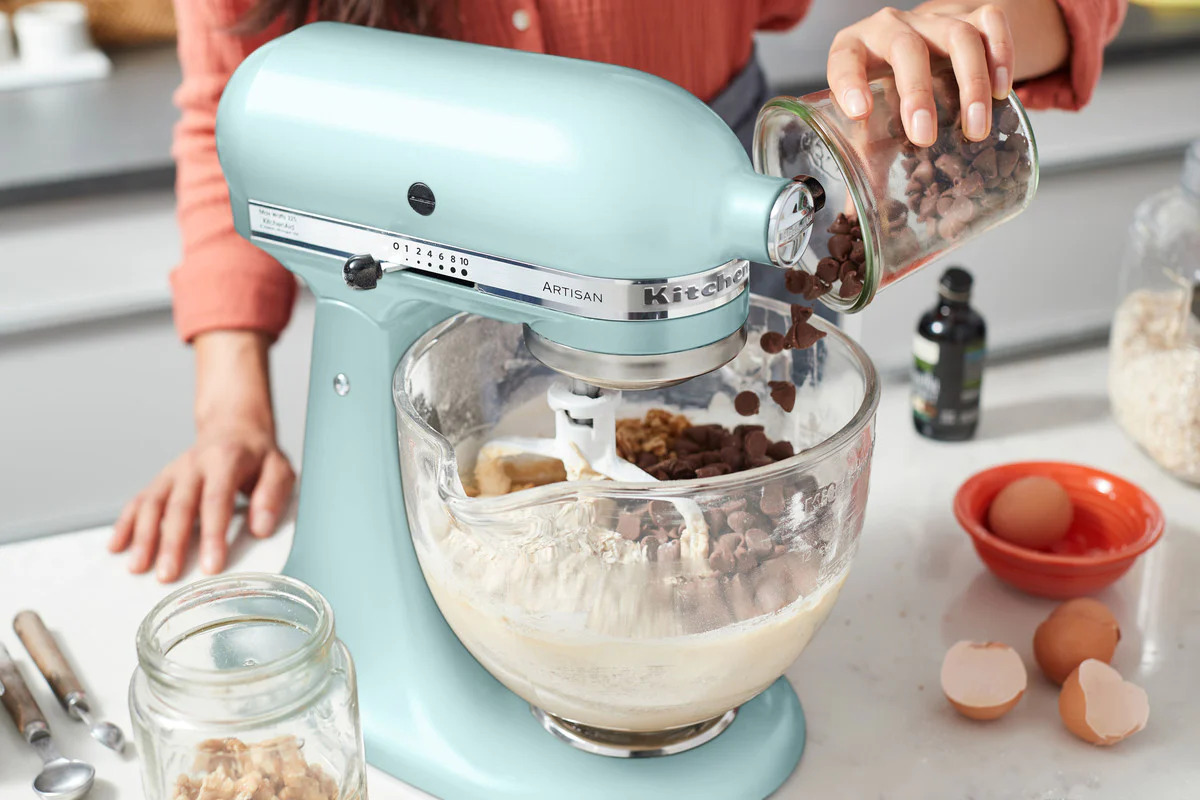
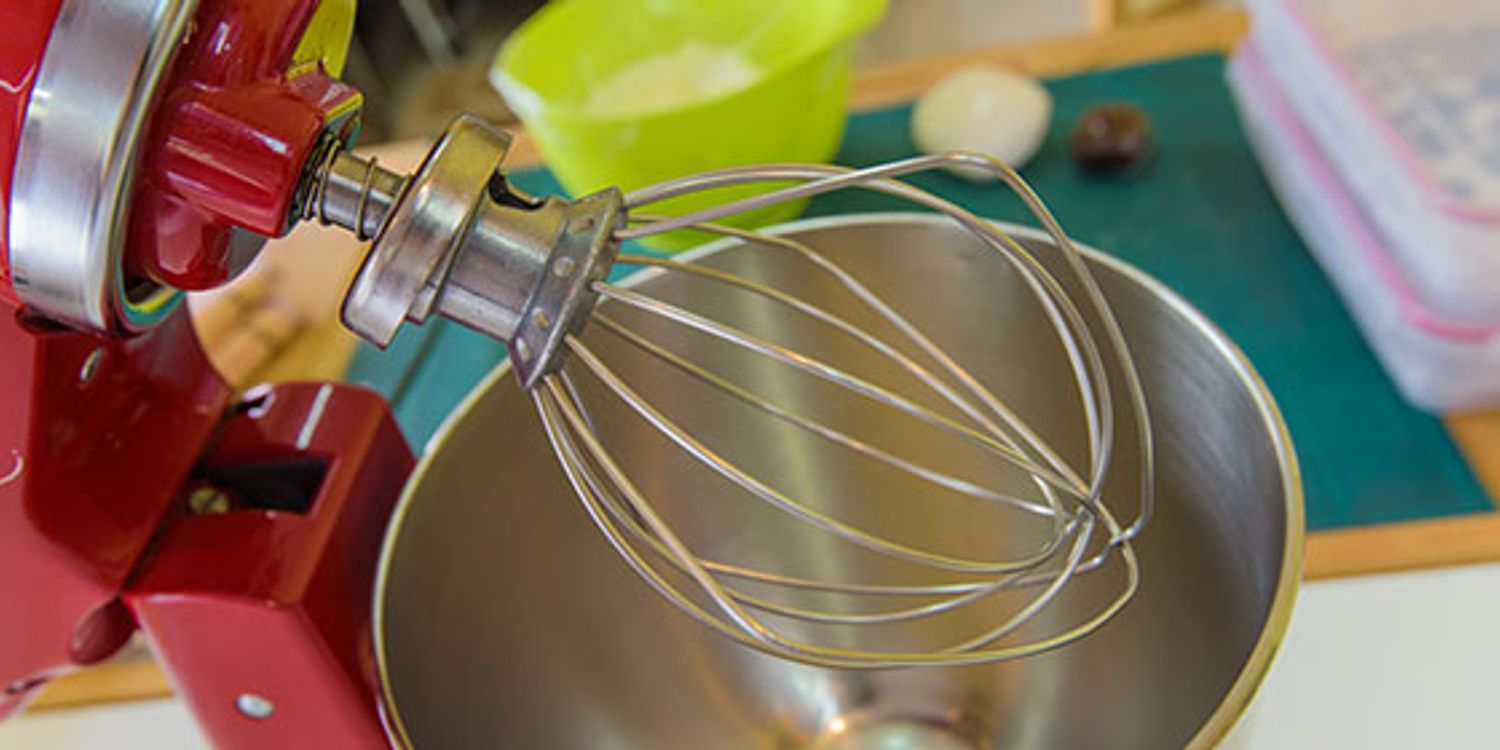
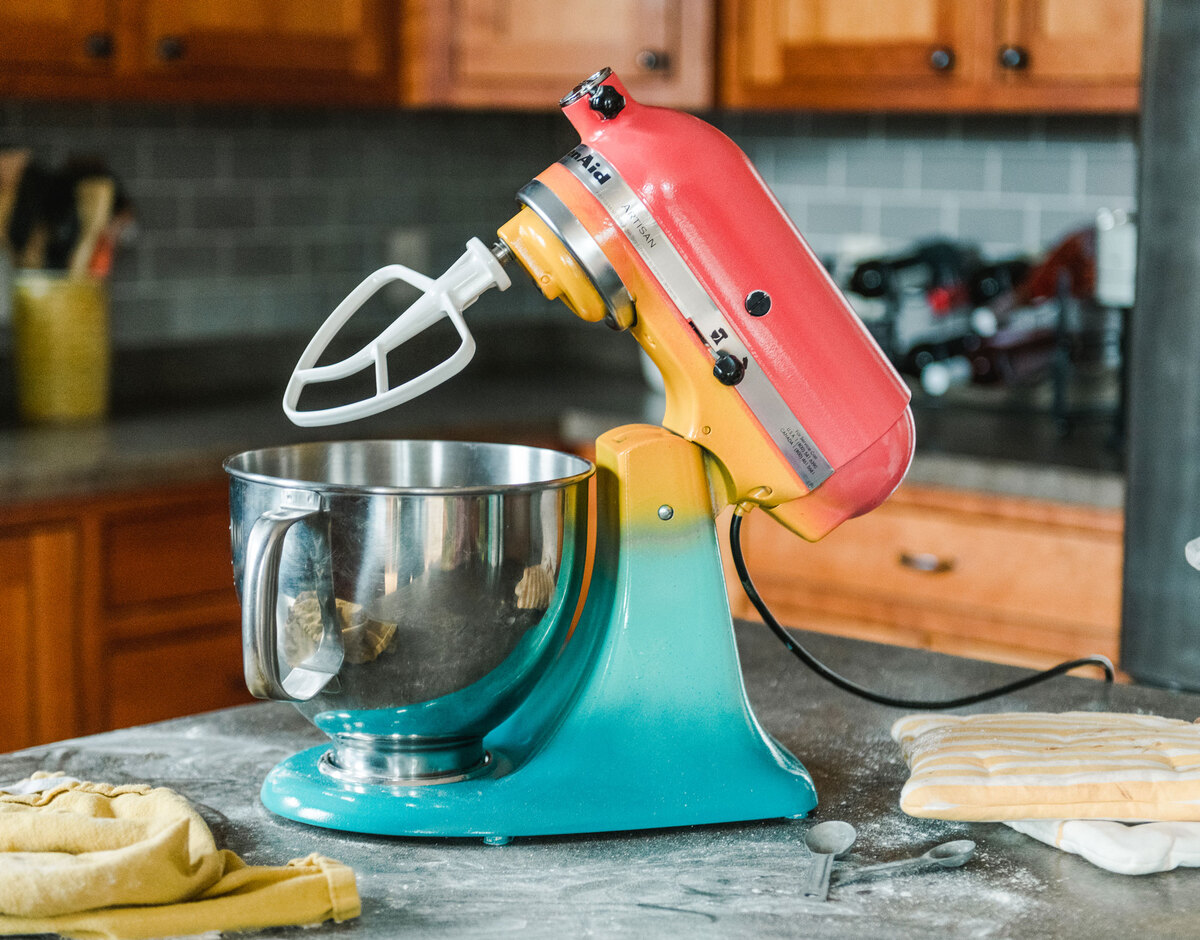
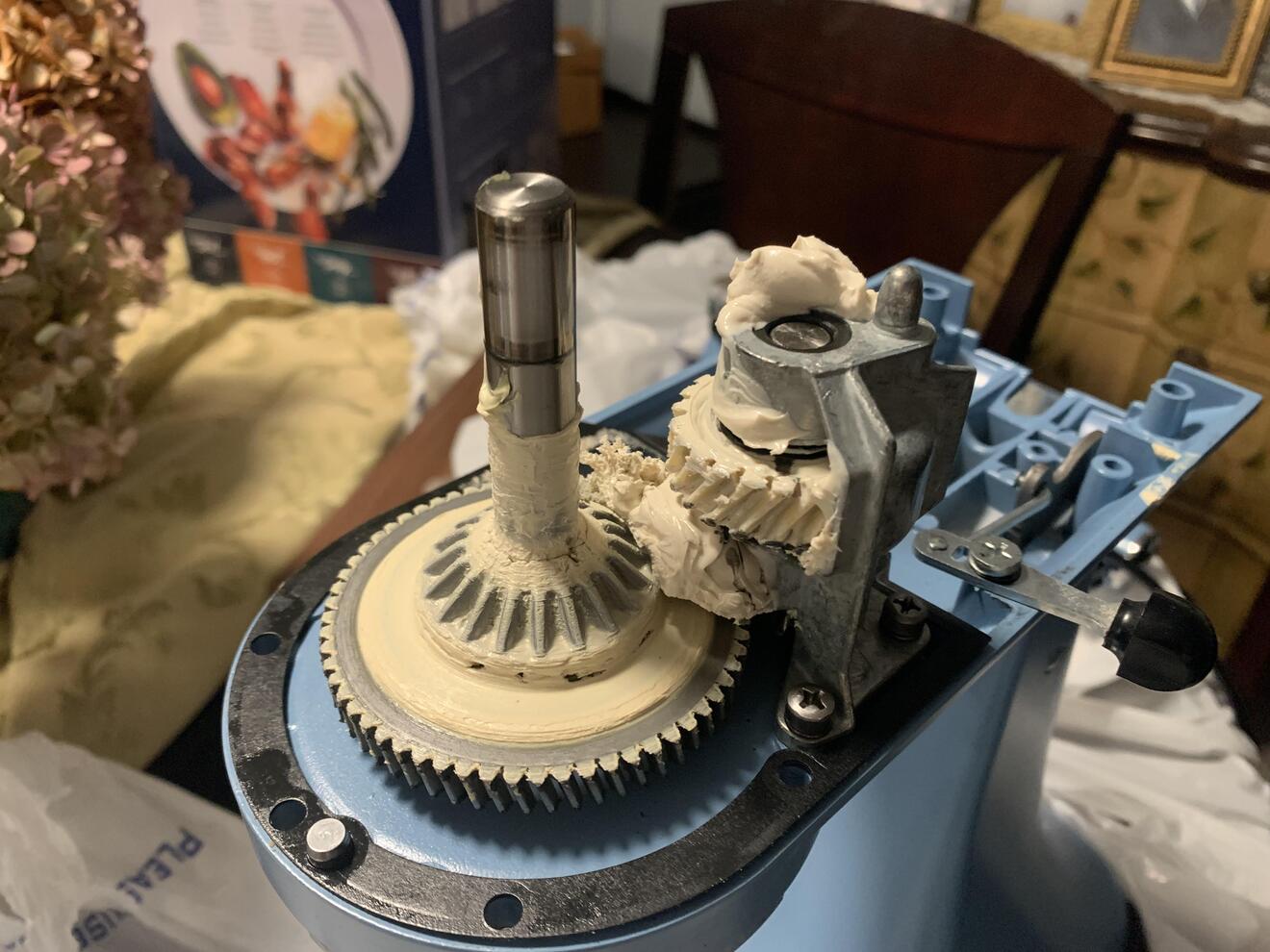
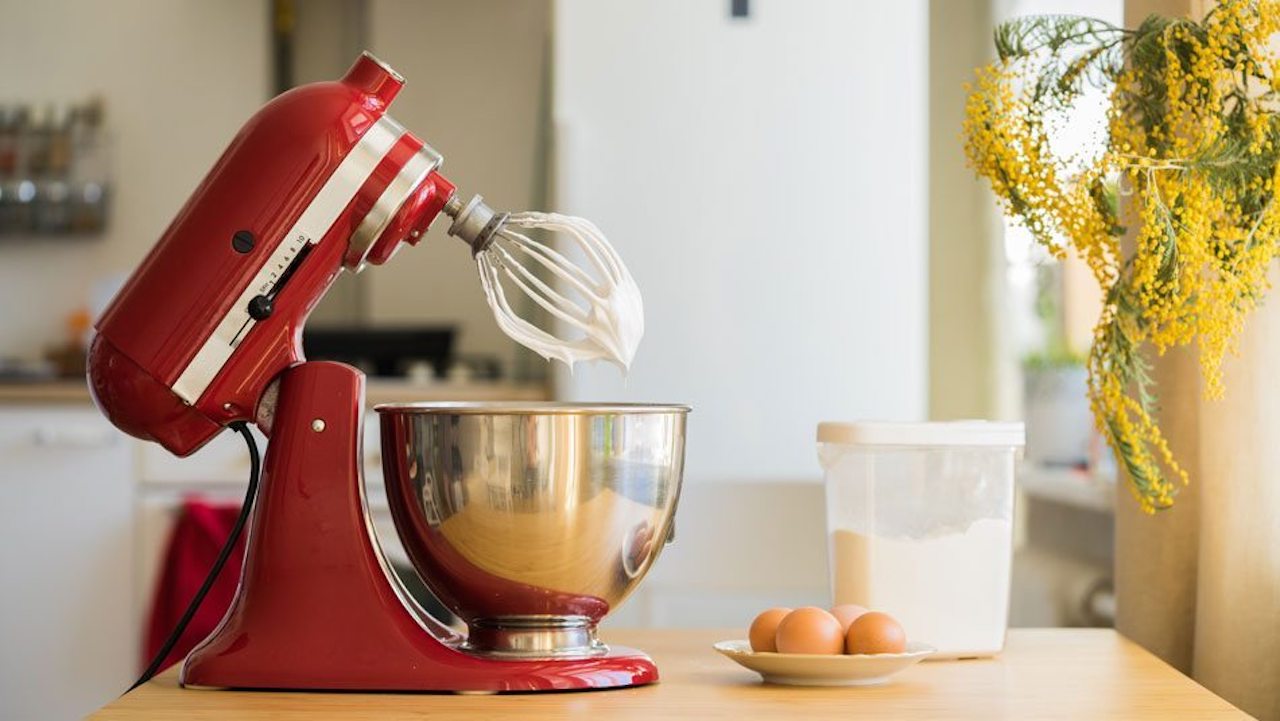

0 thoughts on “How To Tell Size Of Kitchenaid Mixer”